Behavioral Flexibility in Urban Birds: Nesting Adaptations in Cities
DOI: 10.23977/erej.2025.090204 | Downloads: 7 | Views: 286
Author(s)
Jialu Xia 1
Affiliation(s)
1 Shanghai High School International Division, No.989, Baise Road, Shanghai, 200231, China
Corresponding Author
Jialu XiaABSTRACT
Urban environments test the behavioral flexibility of birds, forcing them to adapt to anthropogenic stressors. This study examines nesting choices made by five common urban bird species in Shanghai in relation to urban pressures—specifically noise disturbance, pedestrian movement, vehicle flow, and water accessibility—using data from 85 nests surveyed across five green spaces from January to March 2025. The results show that Spotted Dove, Little Egret, and Night Heron often nest at higher elevations in noisier or busier settings, suggesting species-specific adaptive responses. These results highlight the importance of avian behavioral plasticity in urban ecology and support long-term, species-level monitoring to strengthen biodiversity conservation strategies.
KEYWORDS
Urban Adaptation, Nesting Behavior, Nest Site Selection, Nest Height, Anthropogenic DisturbanceCITE THIS PAPER
Jialu Xia, Behavioral Flexibility in Urban Birds: Nesting Adaptations in Cities. Environment, Resource and Ecology Journal (2025) Vol. 9: 28-38. DOI: http://dx.doi.org/10.23977/erej.2025.090204.
REFERENCES
[1] Aronson, M. F. J., La Sorte, F. A., Nilon, C. H., Katti, M., Goddard, M. A., Lepczyk, C. A., ... & Winter, M. (2014). A global analysis of the impacts of urbanization on bird and plant diversity reveals key anthropogenic drivers. Proceedings of the Royal Society B: Biological Sciences, 281(1780), 20133330. https://doi.org/10.1098/rspb.2013.3330
[2] Chamberlain, D. E., Cannon, A. R., Toms, M. P., Leech, D. I., Hatchwell, B. J., & Gaston, K. J. (2009). Avian productivity in urban landscapes: A review and meta-analysis. Ibis, 151(1), 1–18. https://doi.org/10.1111/j.1474-919X.2008.00899.x
[3] Cooper, D. S., Shultz, A. J., Şekercioğlu, Ç. H., Osborn, F. M., & Blumstein, D. T. (2022). Community science data suggest the most common raptors (Accipitridae) in urban centres are smaller, habitat-generalist species. Ibis, 164(3), 771–784. https://doi.org/10.1111/ibi.13047
[4] Crates, R. A., Firth, J. A., Farine, D. R., Garroway, C. J., Kidd, L. R., Aplin, L. M., Radersma, R., Milligan, N. D., Voelkl, B., Culina, A., Verhelst, B. L., Hinde, C. A., & Sheldon, B. C. (2016). Individual variation in winter supplementary food consumption and its consequences for reproduction in wild birds. Journal of Avian Biology, 47(5), 678–689. https://doi.org/10.1111/jav.00936
[5] Ducatez, S., Sol, D., Sayol, F., & Lefebvre, L. (2020). Behavioural plasticity is associated with reduced extinction risk in birds. Nature Ecology & Evolution, 4, 1753–1760. https://doi.org/10.1038/s41559-020-1168-8
[6] Fernández-Juricic, E., Zollner, P. A., LeBlanc, C., & Westphal, L. M. (2007). Responses of nestling black-crowned night herons (Nycticorax nycticorax) to aquatic and terrestrial recreational activities: A manipulative study. Waterbirds, 30(4), 554–565. https://doi.org/10.1675/1524-4695(2007)030[0554:RONBNH]2.0.CO;2
[7] Klem, D., Jr. (1990). Collisions between birds and windows: Mortality and prevention. Journal of Field Ornithology, 61(1), 120–128.
[8] Kurucz, K., Kemenesi, Z., Purger, J. J., & Batáry, P. (2012). Urbanization shapes bird communities and nest survival, but not their food quantity. Acta Zoologica Academiae Scientiarum Hungaricae, 58(1), 65–76. https://doi.org/10.1016/j. gecco.2021.e01475
[9] Lambert, M. L., Farrar, B. G., Garcia-Pelegrin, E., Reber, S., & Miller, R. (2022). ManyBirds: A multi-site collaborative Open Science approach to avian cognition and behavior research. Animal Behavior and Cognition, 9(1), 133–152. https://doi.org/10.26451/abc.09.01.11.2022
[10] Marteinson, S., Guigueno, M. F., Fernie, K. J., Head, J. A., Chu, S., & Letcher, R. J. (2020). Uptake, deposition, and metabolism of triphenyl phosphate in embryonated eggs and chicks of Japanese quail (Coturnix japonica). Environmental Toxicology and Chemistry, 39(3), 565–573. https://doi.org/10.1002/etc.4637
[11] Nordt, A., & Klenke, R. (2013). Sleepless in Town – Drivers of the temporal shift in dawn song in urban European blackbirds. PLOS ONE, 8(8), e71476. https://doi.org/10.1371/journal.pone.0071476
[12] Ryder, T. B., Reitsma, R., Evans, B., & Marra, P. P. (2010). Quantifying avian nest survival along an urbanization gradient using citizen- and scientist-generated data. Ecological Applications, 20(2), 419–426. https://doi.org/10. 1890/09-0040.1
[13] Virués-Ortega, J., Garrido, E., Javierre, C., & Kloezeman, K. C. (2006). Human behaviour and development under high-altitude conditions. Developmental Science, 9(4), 400–410. https://doi.org/10.1111/j.1467-7687.2006.00505.x
| Downloads: | 5907 |
|---|---|
| Visits: | 432733 |
Sponsors, Associates, and Links
-
International Journal of Geological Resources and Geological Engineering
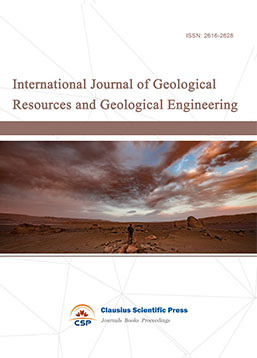
-
Big Geospatial Data and Data Science
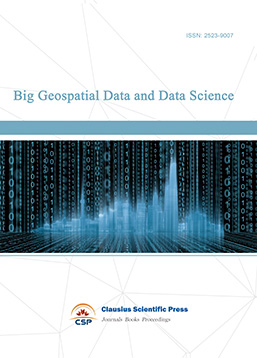
-
Solid Earth and Space Physics

-
Environment and Climate Protection
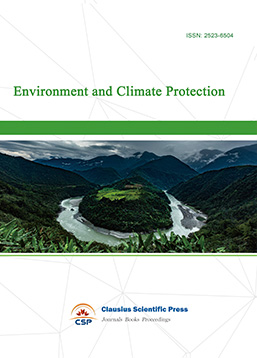
-
Journal of Cartography and Geographic Information Systems

-
Offshore and Polar Engineering

-
Physical and Human Geography
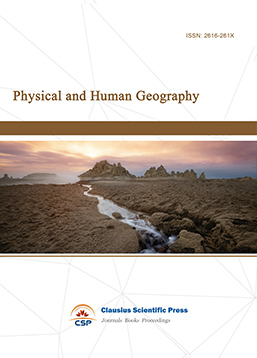
-
Journal of Atmospheric Physics and Atmospheric Environment

-
Trends in Meteorology

-
Journal of Coastal Engineering Research

-
Focus on Plant Protection
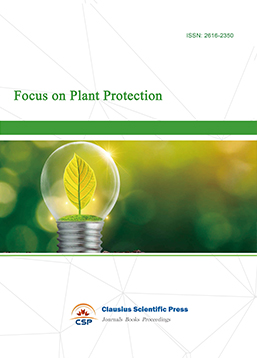
-
Toxicology and Health of Environment
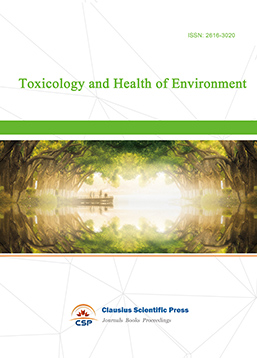
-
Geoscience and Remote Sensing

-
Advances in Physical Oceanography
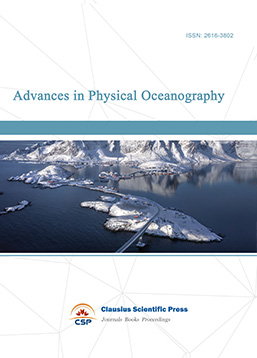
-
Biology, Chemistry, and Geology in Marine
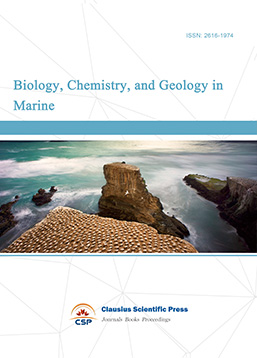
-
Water-Soil, Biological Environment and Energy
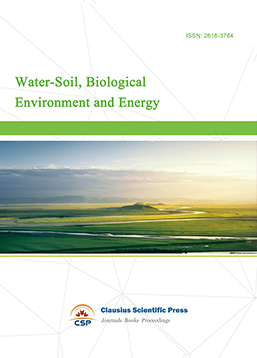
-
Geodesy and Geophysics
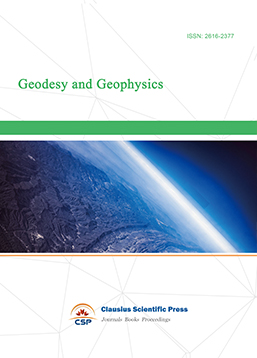
-
Journal of Structural and Quaternary Geology
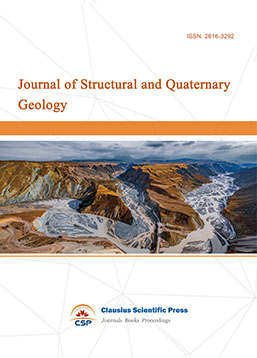
-
Journal of Sedimentary Geology

-
International Journal of Polar Social Research and Review


 Download as PDF
Download as PDF